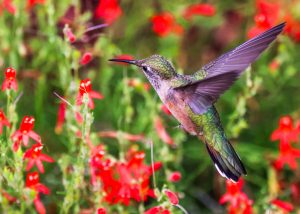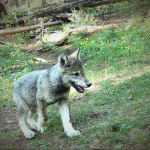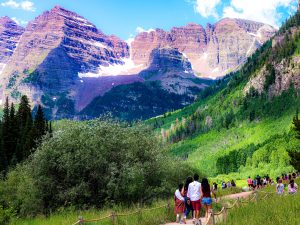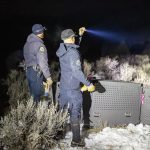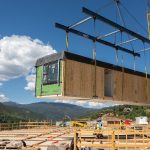‘It’s always like a treasure hunt’: Birding programs at ACES highlight local species, changes in climate
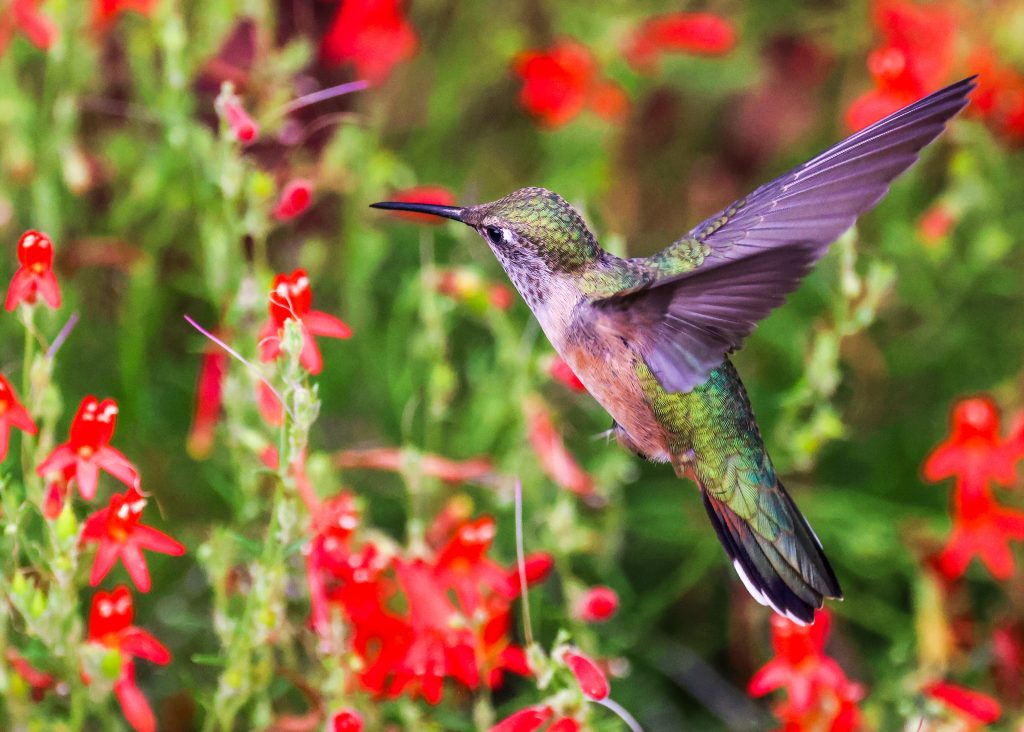
Austin Colbert/The Aspen Times
Aspen Center for Environmental Studies is hosting weekly birding outings this summer, alternating to sites at Highland Lake and Rock Bottom Ranch.
These outings, open to all levels, provide birders with the opportunity to observe local and migratory birds, learn about their habits and habitat, and “connect with nature,” according to birding guide Rebecca Weiss.
The Roaring Fork Valley hosts a variety of popular birds for birders to look out for, including the American dipper in the summers, a bird found in the western United States that feeds on riparian invertebrates, and the brown capped Rosy finches in the winters, the highest nesting birds in North America that are endemic almost exclusively to Colorado.
“Rosy finches nest higher than any other species, even up in the craggy summits of the 14ers, so they’re really hardy and very, very special to our area,” Weiss said.
Phebe Meyers, the ACES Community Programs Manager, noted that even birds that are common in the Roaring Fork Valley have value for visitors on ACES birding outings.
“Even just thinking about the magpie, I know that they get a bad rap here because we see them all the time but … I’m from the East Coast, and when I first moved out here, I was like, what is this white bird, with this beautiful, long, black tail,” Meyers said. “We have to remind ourselves that what are really unique birds for some people are common birds for others.”
According to Meyers and Weiss, climate change, pollution, and habitat destruction have changed the habitats of many of the species in the Roaring Fork Valley. Meyers said extreme weather events driven by climate change, like early season cold snaps, impact migratory birds that normally would be passing through the valley during periods of more moderate temperatures.
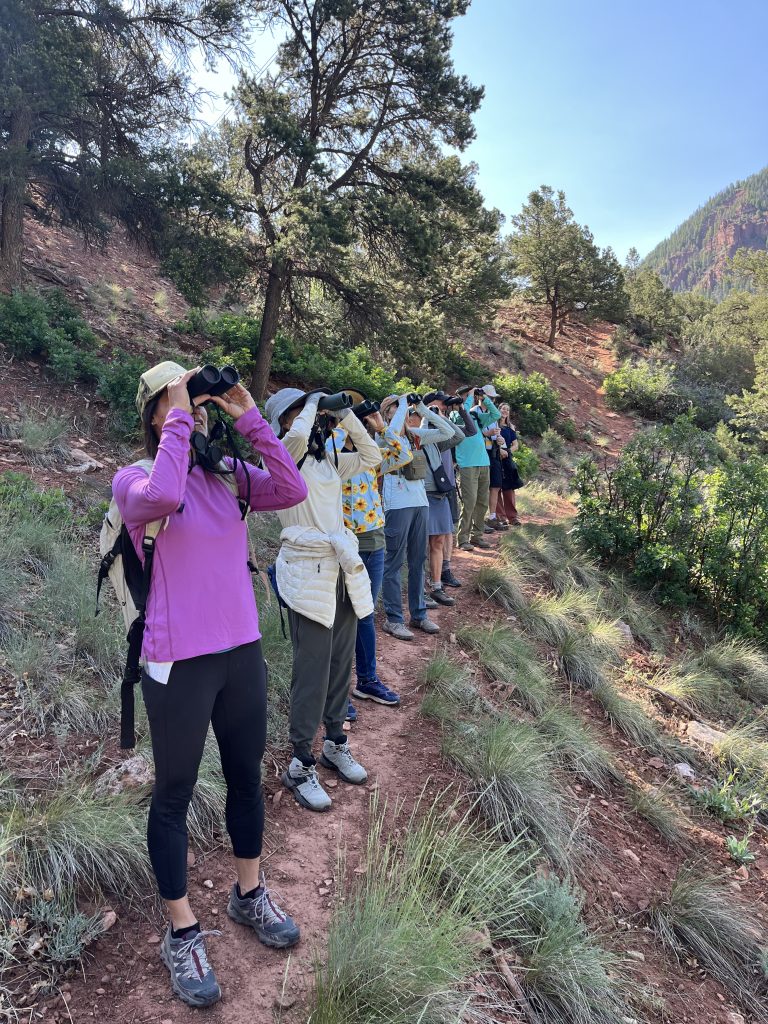
According to Weiss, insect populations have also been declining, in part due to chemical and pesticide pollution, which in turn is lowering the populations of birds that rely on those insects for food.
Increasing temperatures have also moved many species of birds farther up the valley toward lower average temperatures, including the black-chinned hummingbird and Lewis’s woodpecker.
“It may seem exciting, like we’re seeing species further and further up valley that we normally have to make a special effort to go see, and now they’re around us more,” Weiss said. “We can see them better, but it probably reflects a range contraction on the lower end of their range as well.”
ACES can provide binoculars for all events, and welcomes all levels of birders. ACES also hosts free hummingbird studies, where patrons can visit a local property whose feeders are regularly visited by three of the four hummingbird species that can be found in the Roaring Fork Valley, with occasional visits from the Calliope hummingbird, the smallest bird in North America.
“When you’re with a group, you can see a lot more and learn a lot more because you have more eyes and ears,” said Meyers. “The questions that come up and the discussions are such a highlight of our birding outings as well.”
Pre-registration is required for all outings, and popular events such as the hummingbird studies can fill fast. To register for a birding outing or a hummingbird study, visit aspennature.org/activities/birding/.
‘It’s always like a treasure hunt’: Birding programs at ACES highlight local species, changes in climate
Aspen Center for Environmental Studies is hosting weekly birding outings this summer, alternating to sites at Highland Lake and Rock Bottom Ranch.

